Lately, I’ve been obsessed with methods for facilitating innovation for nonprofits. It isn’t a matter of facilitation techniques, but process design. The field of innovation practitioners, whether in corporate labs or working in social good sector, comes with lots of tool kits that offer different ways to help groups think of new ideas and prioritize them. My colleagues at the Mobilisation Lab recently shared a link to an excellent tool kit called DYI which stands for “Development, Innovation, and You.” It is a social innovation toolkit for those who work in the development sector.
The toolkit was designed through a collaboration between a European agency (STBY) and an Indian agency (Quicksand), it was commissioned by Nesta and the Rockefeller Foundation, who together saw a gap in the support for innovation provided to the development community. The overarching objective of the toolkit is to increase the innovation capacity of development practitioners. Here is a write up about how the toolkit was designed and piloted, but of interest is how they framed the design challenge of designing the toolkit:
- How could they structure it so that people could dip in and out without having to wade through theory first?
- How could they present easy-to-use worksheets but avoid an overtly ‘design & innovation’ identity?
- How would they engage enough of the global development community to test the prototype, and after that how would they get people to actually use it?
They responded to the design challenge by making the toolkit as practical as possible.
The toolkit gives a “bird-eye’s view” of innovation that discusses the theory and management of the innovation process. The heart and soul of the toolkit are the worksheets and processes for problem solving. The worksheets are categorized by what the team or organization hopes to achieve. There are several tools in each category, with each linking to a case study, worksheet and some process notes:
- Look ahead
- Develop a clear plan
- Clarify priorities
- Collect input from others
- Know the people I’m working with
- Generate new ideas
- Test and improve
- Sustain and implement
A few tools that caught my eye:
1. Evidence Planning: Helps define outcomes for a project
2. Learning Loop: Develops a clear plan based on what has been done before
3. People and Connections Map: Helps you map your network
4. Thinking Hats: To generate new ideas
This is not the only social design toolkit. This informative post, “Beyond the Toolkit” assembles a curated list of existing tool kits. The one I’m most familiar with is IDEO Human Centered Design Toolkit and Design Thinking for Educators. In looking through the toolkits on the list, I really liked the following ones:
Frog Design: Collective Action Toolkit
Lucy Kimbell: Social Design Menu Method
Kimbell’s toolkit includes the 7 best practices for design thinking:
1. Tell stories and make maps
2. Work at human scales and connect across networks of people and things
3. Look at both the detail and the big picture
4. Make things to explore, test and learn
5. Imagine scenarios of use, and provoke and inspire alternatives
6. Make the familiar unfamiliar and the unfamiliar familiar
7. Create designs that are based on the ways people actually do things, rather than focusing on what people say they do, or what other people think they do
Has your nonprofit used design thinking for strategy, problem solving, or new idea generation?
